When most people hear about edible snails, one of three thoughts pops right into their minds. Some people may think “yuck”, others might think of French cuisine, and some might think of both. But there is more to this particular meal than you might think. You may be surprised to find out just how some of this snail eating began and how to get your hands on some snails.
Let’s take a trip through the history of people chomping down on snails, give you a recipe or two and perhaps even a few ideas on where to find them.
History of Snails as Food
Snails have been eaten since prehistoric times. It shouldn’t come as any surprise, snails are a rather slow-moving critter that even the poorest of the hunter should be able to gather up. And since most snails tend to be about 15% protein and 80% water they aren’t too bad of a meal to have.
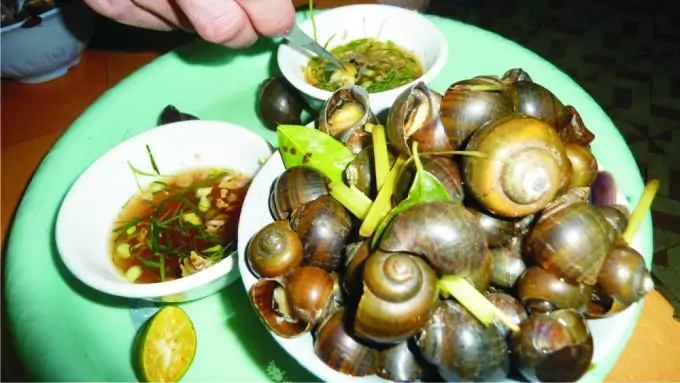
The Greeks and the Romans ate snails. The Romans would even have special vineyard gardens reserved just for snails. They would feed them such foods as wine and milk to fatten them up for consumption.
Snails became a very special dish for the Romans, and the Roman Legions brought snails with them as they conquered most of the world that was known to them. This may be how the little critters became spread so far and wide across Europe.
During the middle ages, the snail had a special place among all people. First, snails were cheap, often free, so even the poorest people could collect up some for a meal. Also, they were not viewed as fish or as meat, so people could eat them, even on meat-free days as proclaimed by the church.

Often times, during Lent, the monks would have a dinner of snails and monastery beer. And since snails were so easy to come by, some people realized that they could sell them for a profit.
The snail trade would eventually center in Paris, where, for example, a village that was in the snail selling “business”, was able to sell 4 million snails in one year. Snails grew to hold a very interesting place in food. In some areas, they are considered a meal for everyone, in others, they have become a special delicacy.
Is This the Right Type of Snail
There is a vast array of snails out there and to be perfectly honest, mankind isn’t exactly sure if they are all edible. There are over 100 different varieties that are edible, though, and they cover snails that live on the land and in both fresh and salt water. For the most part, if you are looking for a snail to chow down on you will want either the “helix” or the “achatine”. The helix is the easiest to recognize as they have a spiral in their circular shells.
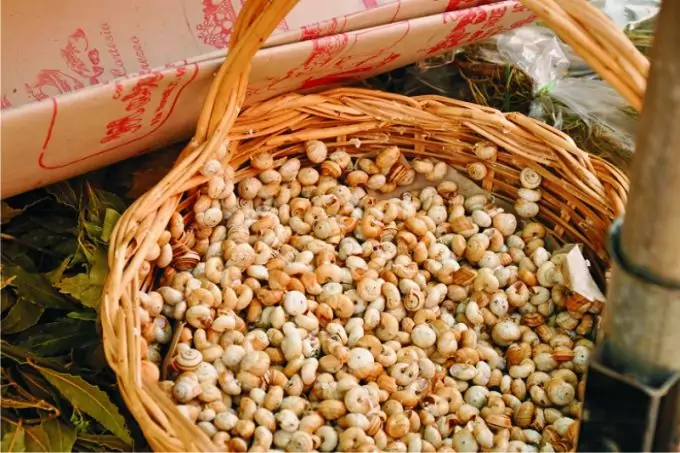
While the Helix pomatia and Helix lucorum are often eaten as escargot, one of the most popular versions is the Cornu aspersum (in many older texts this was referred to as the Helix aspersa). In French cuisine, this little snail is often called “petit gris”, which means little gray. But this snail has a name that might be more well known to you, garden snail.
One thing to consider when eating snails are if there is any chance of poisoning yourself. All snails can have various levels of poison, depending on what they have recently eaten. If you gather up some snails that you find in your garden, there are ways to go about detoxing them, though.

Some snails though have a bit of a stronger poison. For example, the Marine Cone Snail has a rather powerful poison. They use it to paralyze fish. It is not a snail that you would want to eat, but chances are that an encounter with this snail won’t prove fatal for a human.
Garden Snail’s Journey
This snail started out native to the Mediterranean region and into parts of Europe and even into the British Isles. However, it has managed to spread to every continent on the globe, save Antarctica and to a large number of islands. For some of its travels, it was brought and specifically introduced.
One example of this is when the Huguenots introduced it into South Africa during the 18th century to be grown as a food animal.
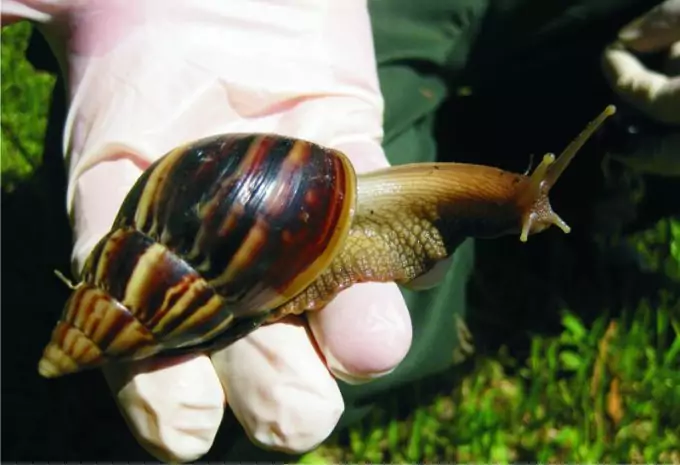
In others, such as California in the United States, it seems to have just stowed away and found itself a suitable home. This snail has also proven very adaptive, being able to adjust to many and varied climates that are quite a bit different than their original habitat.
Where to Find Snails
Depending on where you live you will have a few options of where to track down some nails to munch on.
Snail Shop
Some areas will have snail shops that you can go to pick up your fresh snails. The upside to this approach is that you know the snails will be safe to eat and be already detoxed. This means that if you are looking to have snails right away this would be your best option.
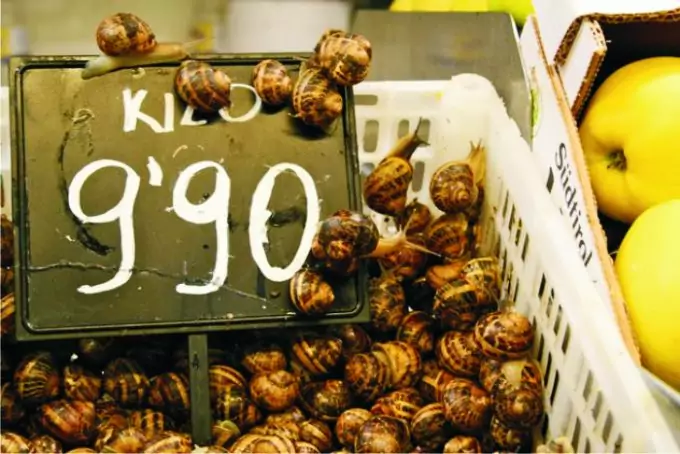
Depending on how well stocked the snail shop is you might have the option of both fresh and canned snails. There may be a wide variety of snail species to choose from. Also, a well-staffed snail shop, will help you to both make an informed selection, as well as give you some pointers on how to prepare them.
The Internet
If there are no snail shops in your area, you can always look online to order some snails for your meal. There are plenty of options, such as this can from Amazon. This means that you get specialty snails from all over the world. Now the downside is that you will only really be able to get canned or jarred options. If you have never had snails before this might not be a bad idea, but you won’t be able to experience fresh snail this way.
Also, when planning your meal, you will need to factor in shipping times, or of course, you could just keep a few cans in your pantry. These cans have quite the long shelf life, so you can put them in the pantry and just have the ready for when it is time to cook some up.
Collect Your Own
Of course, if you have snails in your garden or around your property you can collect up your own. You will want to double check that the snails you are gathering are the correct type.
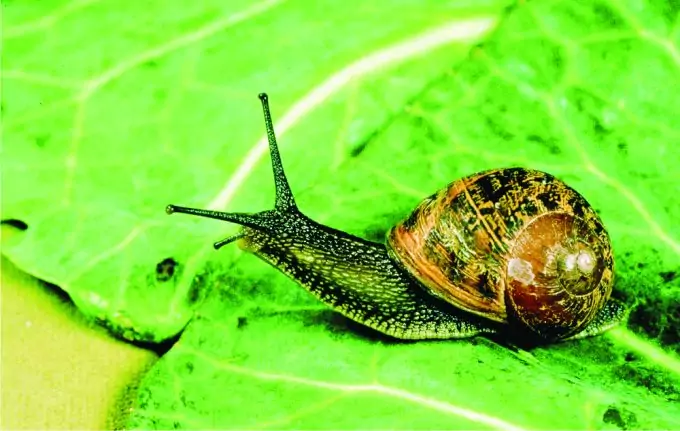
If you find them in your garden you are probably all right. If you find them along your fruit trees, though, they might be from a different species that is protected. Be sure to check in your local area to make sure that you aren’t eating a protected species. Have you considered trying delectable insects for you next meal? Then read our important piece on edible bugs and how to cook them for your enjoyment.
One way to catch some snails in your garden is to take a board around a foot by a foot and a half and attach pieces of wood to raise this board up about one inch. Put this out into your lawn or garden over a damp area. Since snails tend to seek out wet or damp areas the snails will flock to these boards. You can check the boards every few days and just pull off whatever snails you find there.
A second way is to find a bowl and bury it to the point that just about an inch is exposed over the top of the soil. Then you merely have to pour some beer into the bowl, if you don’t want to use beer combine two cups of warm water with a half teaspoon of yeast, two tablespoons of flour and a teaspoon of sugar.

This type of trap will attract snails from only a few feet away so if you need to cover a large area you’ll need several such traps. Also after a day or so the beer or yeast mixture will need to be refreshed.
You will need to remember that you will need to put your snails through a detox prior to eating them. The process will take a few days, so you will need to factor that into your plans for snail collecting.
Farm Your Snails
A final way to get snails for you to eat, is to farm your own. This practice is called Heliciculture. One of the perks is that if you farm them you can, for the most part, skip the detox process. And in addition to snails for consumption, there are some other products that you can collect from snails. There are people that collect the slime trail from snails in cosmetics and others use snail eggs as a type of caviar for humans to eat.
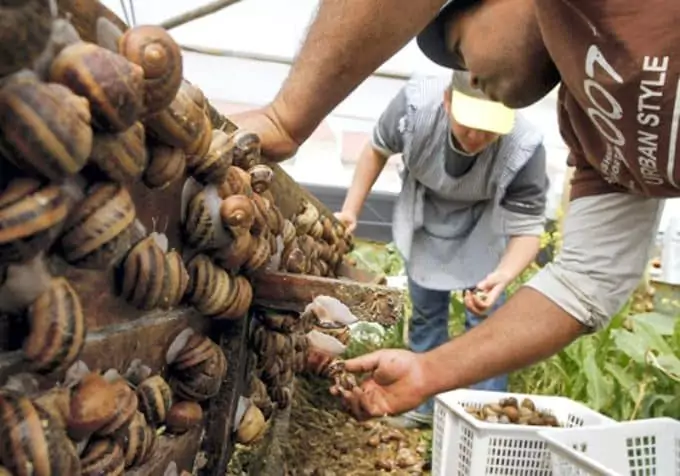
As if raising your own snails with the possibility of selling them and other products wasn’t enough, you can also raise other types of snails. You may have to do some research to get your first set of snails, but if you get the chance to bring in some snails that are not otherwise available in your area, you might find yourself in a nice little niche.
Shell Options
As we get to cooking the snails you’ll have to determine if you will want to serve your snails with the shells or without. Without, is the easiest option, since it won’t matter if you break some shells along the way. With is a little bit trickier, but you have options depending on how you get your snails.
If you are farming your snails or just captured them and have time, feed them crushed oyster shell for a period of one to two weeks. This will boost their calcium and toughen up their shell. After that, you can proceed as normal.
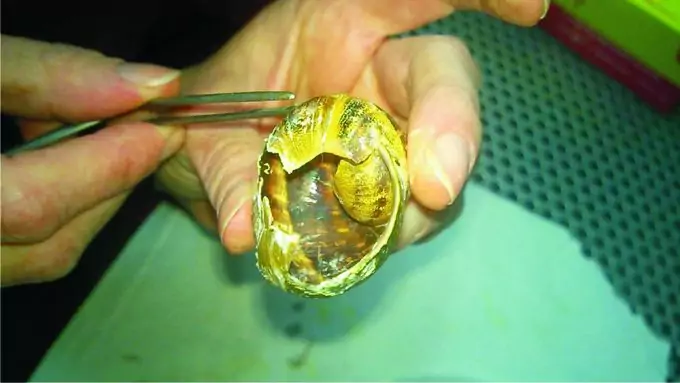
If you would rather just have a set of shells to serve with this dish, you can look around in search of gros blanc shells. These are from larger snails, and tend to be a bit tougher.
Detox Process
We have mentioned before that for the most part land snails aren’t poisonous, but they can pick up some amount of poison based on what they eat. Also, their flavor can be changed based on what they consume.
If you are farming your own snails you will be sure of what they eat, but even if you find some in your garden you can’t be sure of everything that they’ve been eating. Luckily, the process is not complicated, it just takes some time to work through the process.
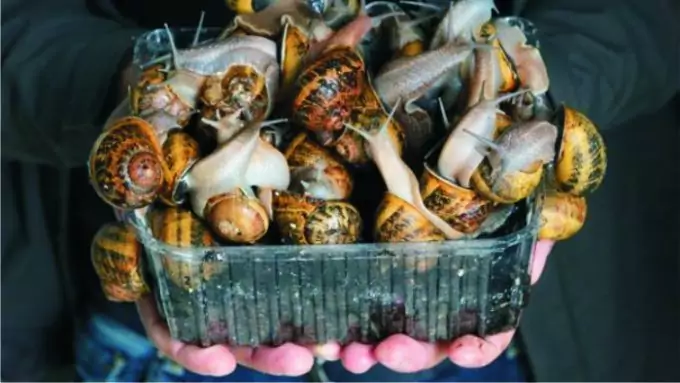
There are two different options on how to detox your snails. The first is to put your snails in a container (with plenty of air holes) and keep them from any food. They can be given water or wine during this time, though. The second route starts by putting the snails in a container with plenty of air holes and feed them something like oats for three or four days. After that, you will have them fast for another two days.
No matter what option you go with, you’ll want to de-slime your snails as well. You’ll put all your snails in a container and cover them with water. For each dozen snails, you’ll want to add a tablespoon of vinegar and two of sugar. You’ll then let them soak, until the snails let all of their slime go.
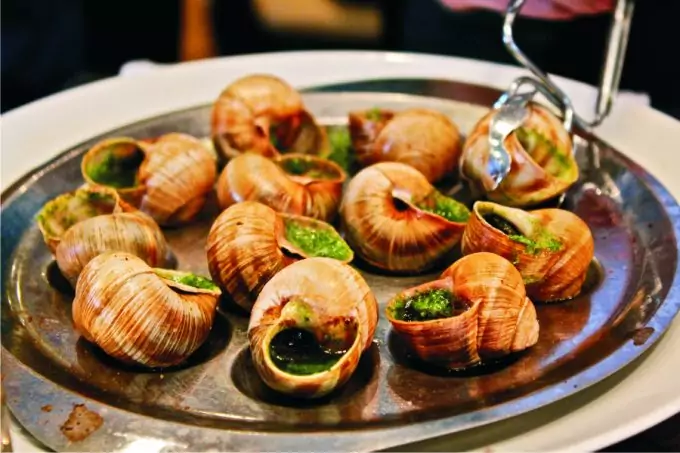
This process normally takes four to five hours. You can speed up this process by changing out the solution they are soaking in. Next, you’ll want to rinse the snails off in cool water.
Cooking Snails
There are a vast number of ways to cook a snail that is to be consumed. The classic French method involves butter and garlic. But for a little more detail, let’s start with the snails that have been detoxed and de-slimed. At that point, you’ll want to toss them in some water and bring them to a boil.
This is only the first step, so you aren’t looking to have a completely done dish. We only need about 10 minutes of boil here for our purposes. After this, you’ll want to remove the snails from the water and let them cool. The next step is to remove them from their shells and here you will have a choice.
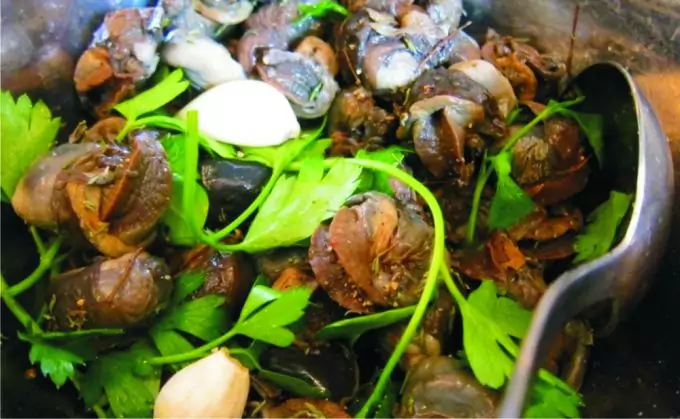
If you want to serve them in their shells you will need to be rather careful while you extract them. Some people use a long knitting needle to spear the snails and pull them out. While different species of snail have shells of different hardness, if you have a garden snail or petit gris, it most likely has a somewhat delicate shell.
Of course, if you don’t intend to use the shells for serving your snails it is a much quicker process, just be careful that any shells that break in the process are completely removed from the snails you intend to eat. When the shell is off, you should have no problem peeling the skin from the meat. Normally, you will also cut off the back tail portion.
Method 1: Quick and Easy
Now that you are ready to finish this dish, you’ll want to heat up a sauté pan with some butter. When it is ready you’ll want to add in some garlic, when that becomes transparent you can add in the snail meat. You’ll want to cook it for about 3 minutes.
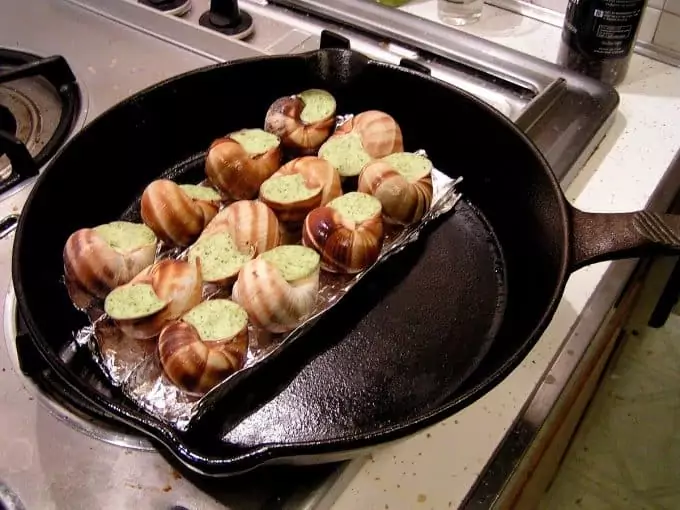
Method 2: A Touch Longer
For a different approach, you can place the snail meat into a pot and cover them with water. Feel free to pour in a bit of cognac or replace half the water with a white wine. From there you’ll add in whatever flavors you feel would work well, but a wise idea would be to include peppercorns, parsley, thyme, onions, and garlic. Let this simmer for a few hours. During this time, you could prepare a compound butter.
Simply take some butter (no imitations like margarine for this one please) and add in some chopped parsley, a touch of garlic and perhaps a pinch of salt and pepper. Mash it all together, then put it back in the refrigerator until it is time to serve the snails.
Service Options
When the time comes to remove these snails from the cooking vessel and serve them to your guests you have a number of options. If you want to go formal there are various serving dishes that can be found online. These will let you place each snail, either in its shell or not, into its own groove.
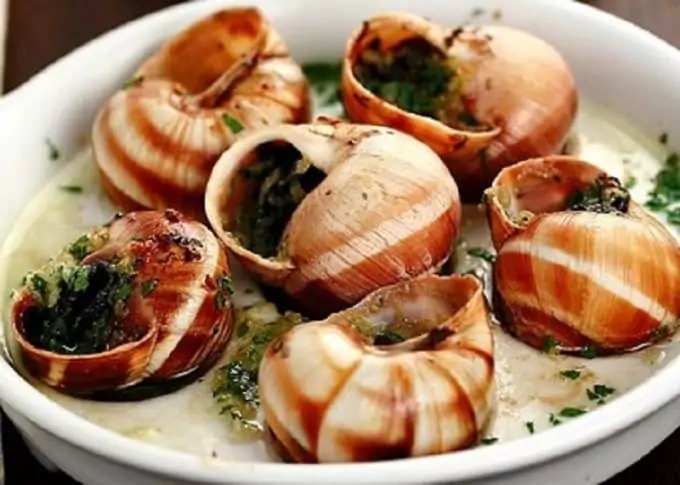
Sometimes guests will take a snail in a shell, or more than one, to their plate to consume it. Other times, everyone will end up eating snails right from this dish. This method is often paired with specialized forks, designed to spear a single snail and bring it to the diner’s mouth.
For something less formal, but still elegant you can dish out an amount to each person’s plate. For a basic pairing, you can add a salad and perhaps a crusty French style bread. This will give you a meal that covers all the bases, looks like it came from a fancy restaurant, but is fairly simple to make. No matter how you make them, they would pair well with a bottle of French wine.
Wrapping it All Up
Snails can be a cheap and easy source of food. Some people might think they are an odd thing to eat, but when you consider the fact that these little critters have been consumed for thousands of years, they become less odd. If you’re planning to go backpacking soon, read our article on how to find food in the wild for survival.
They have been food for peasants and royalty alike, yet edible snails can be found for free in many corners of the world.
Want to learn some new ways to cook other alternative sources of food? Then, our piece on insects and how to find out if they’re edible is a must-read.

We’ve shown you where you can find these little meals on the go, how to get them ready and finally cook them. So, the question comes to you, would you like to try some snails? And if yes, how do you like them prepared. Let us know in the comment section below. And please share this out to your friends on social media. You never know who is looking to get rich via a snail farm.


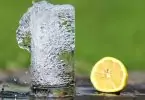





I can’t say I’ve ever thought about eating snails while out on a hiking trip before today, but this article may have convinced me. It might be a bit tricky to bring along spices but I suppose if I pre-made the blend and carried it with then it would work.
Good luck trying them!
I wouldn’t have thought that snails started out as food for poorer people, but it actually makes perfect sense. What an enlightening article! Can’t say it makes me want to go out to my garden and fry up a snail, but my mind has been opened at least a little. Thanks!
Hope you like it!